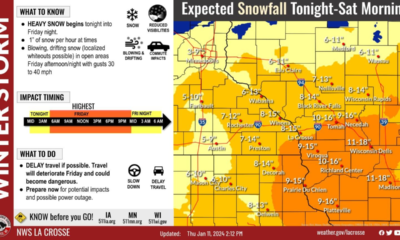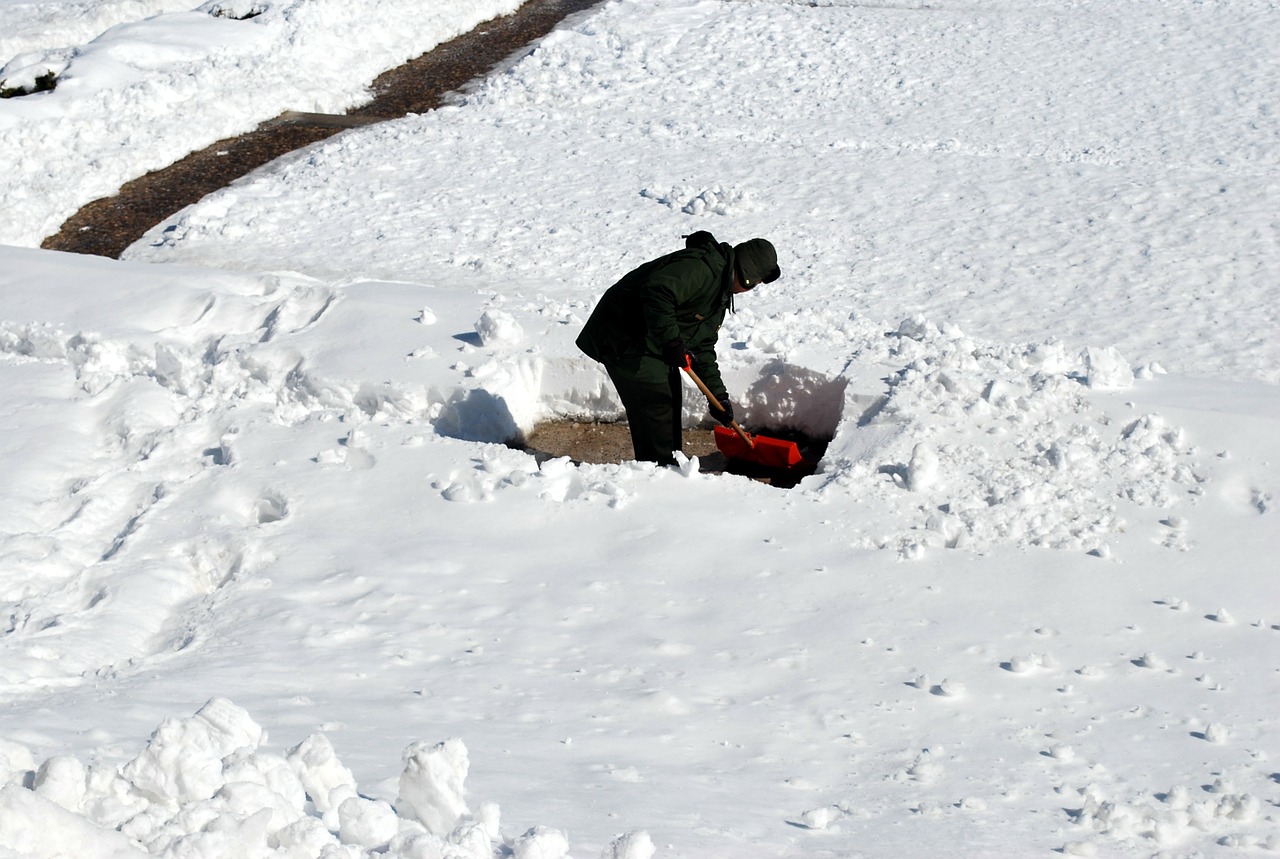Local News
Insurance commissioner says hope not lost for those without flood insurance

Flood insurance is the thing to have when your house floods. Unfortunately, many soaked by the last week’s flooding in the region didn’t have any because their properties weren’t in the floodplain.
Maybe not as dire as it sounds, says state insurance commissioner Ted Nickel. Those people still might be covered for some losses.
“Never just assume,” Nickel said. “If I had some damage, I would reach out to my insurer and just for sure get a yes or a no out of them.”
Nickel added that all kinds of factors can impact a high-water claim.
Example: Hurricane Katrina, 2005. It was seemingly, one big, bad flooding event, until you looked closer, says Nickel.
“There was a large wind evert, as well as the flooding, and there was quite a bit of coverage available because the wind damaged the building before the rain and water came in,” he said.
Among the key steps to making a claim on flood or any storm damage, says Nickel is to take photos, save samples of damaged materials, make a list of losses and contact your insurance representative.
“There may be some items that could be covered and some that couldn’t,” Nickel said.
Many impacted by floods in the last week weren’t in a floodplain and so hadn’t secured policies through the National Flood Insurance Program. Generally, normal homeowner’s insurance policies do not cover flooding events.
Here’s a list tips for those dealing with storm aftermath, according to Nickel (fore more info, click here):
- Notify your insurance agent and company as soon as possible to begin filing a claim.
- Take photos of the damaged property.
- Save samples of damaged material, such as carpeting, curtains, and upholstery.
- Do not move damaged items until your insurance claims adjuster has had a chance to document them. If local officials require property to be moved or disposed of for safety reasons, the photos and swatches will help with your claim.
- Make a list of damages and keep receipts to document the cost of repairs or replacement.
- Check your homeowner’s insurance policy.
- Most do not cover flooding or seepage through the foundation. A special flood policy available from the National Flood Insurance Program is required for this kind of damage.
- Neither flood insurance nor standard homeowner’s insurance policies cover damages from sewer backup or sump pump overflow. But some homeowner’s policies have an option to purchase a limited amount of this coverage as an endorsement.
- Most comprehensive auto policies provide coverage for vehicles damaged in a flood. However, if you purchased collision-only coverage, you may not have coverage.
- Contact your insurance company again if an adjuster has not been assigned to you within several days.
- Avoid scams. Make sure to take your time, do your homework, and check that all contractors are licensed and legitimate. If you feel pressure to sign a contract quickly, take a step back and investigate. Rebuilding your home or business is important, but quickly signing a contract with an unscrupulous party can make a bad situation worse.






